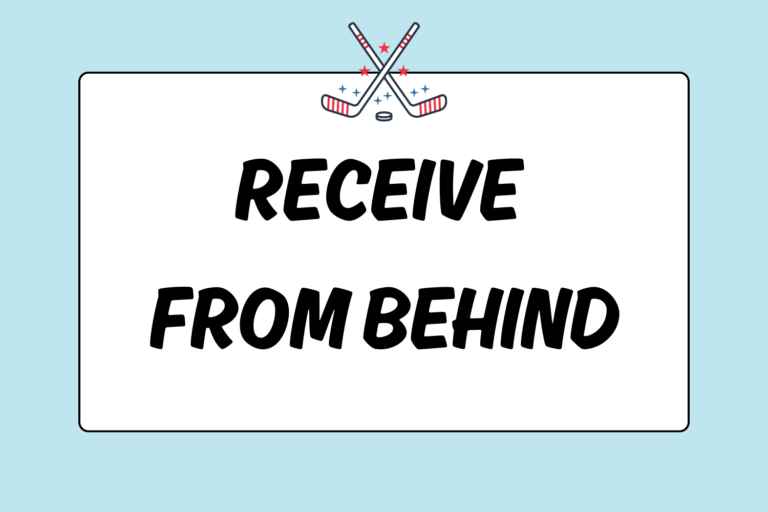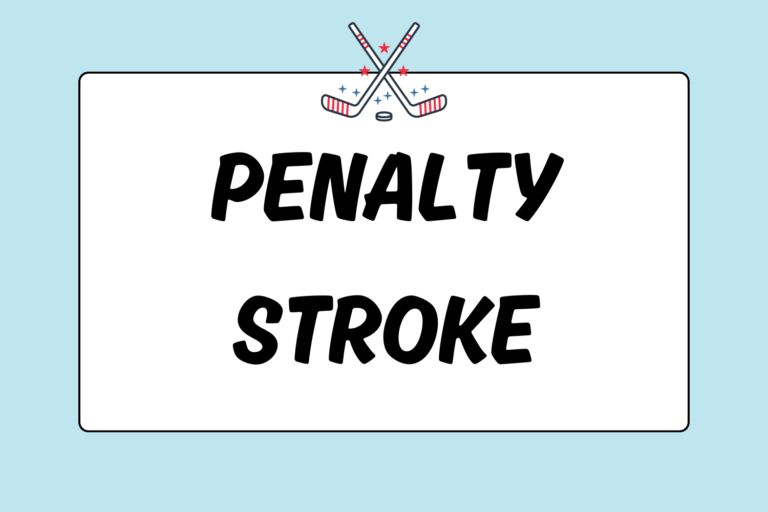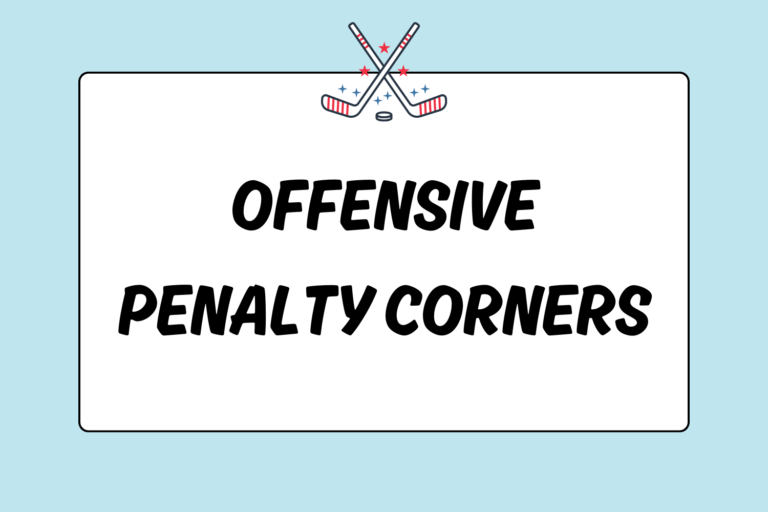Before you can take a spectacular shot on a breakaway, you need to gain possession of the ball and dribble.
Dribbling is the act of maneuvering the ball around defenders by using short, skillful taps with the stick. There are several different styles of dribbling, but the main idea is to keep control of the ball until you make a move toward the goal. Dribbling will help you dodge opponents, advance the ball, and open space for passing opportunities.
One of the most important things to remember when dribbling is to always be looking up and scanning the field for passing or shooting opportunities — otherwise you will end up dribbling in circles. Also, make sure you have a plan in mind and keep the ball only as long as you need to in order to execute than plan. This guide will teach you the basic types of dribbles and how to be successful with each.
Protect the Ball
Keeping your body between the ball and an opposing player is one of the best ways to maintain possession. To avoid getting an obstruction foul for shielding the ball with your body, keep both your feet and the ball moving at all times while dribbling.
Dribble into Space
Look up before you receive the ball and scan your surroundings. See if there are any pockets of space you can dribble into. That way, by the time you get the ball, you already know where to go. Running into space will help you advance the ball farther than trying to dodge defenders.
Man On
As a beginner, you might have difficulty keeping your head up while practicing the different dribbles. This is why communication is such a big part of the game. If you hear a teammate yell “man on,” that means an opposing player is approaching you. The best thing to do in this situation is stay calm, pull the ball back toward your body, and reassess your options.
Straight Dribble
This is the most common dribble and the best for controlling the ball. The ball will never leave your stick during this dribble — this gives you the most protection from opponents. Using the straight dribble will also make it easy to pass or shoot, as your hands will already be in the basic grip position.
How
- To set up for a straight dribble, use the basic grip.
- Hold the stick in front and slightly to the right of your body.
- Keep the stick in contact with the ball during the dribble — this will allow for easy passing.
- Run forward with the ball on your stick.
- Keep your head up and look for passing options.
Hot Tip: Ball in Front
Most beginners dribble to the side of their body instead of the front. They also tend to drag the ball. Be sure to keep both the stick and ball in front of your body at all times. This will allow you to make quick pulls and transitions while moving up field.
Loose Dribble
This type of dribbling is similar to the straight dribble, but its main advantage is speed rather than control. Instead of keeping the ball tight to the stick, the player continually taps the ball in front of the body to be able to run at near full speed. It is best used for fast-pace advancement up the field or on breakaways.
How
- Position your hands in the basic grip.
- Hold the stick in front and slightly to the right of your body.
- For fast travel, send the ball a few feet in front of you to increase your speed on the dribble.
- If you are marked, use small taps close to your body to increase your control over the ball.
- Sprint or run at a fast pace with this dribble.
- Keep your head up and look for passing or shooting options.
Indian Dribble
The constant ball movement of the Indian dribble makes it one of the hardest to defend. Use this dribble to navigate through opposing players by dodging their sticks. Indian dribbling is very popular on turf surfaces.
How
- Place your hands in the basic hand grip.
- Your left hand should turn to the right and rotate the stick 180 degrees.
- Your right hand does not turn; it stays loosely in place to keep control of the stick.
- Keep both the ball and stick in front of your body.
- Push the ball flat across your body and to the left.
- Turn the stick over and reverse push the ball to the right.
- Repeat continually throughout the dribble.
- Scan the field for passing or shooting options.
Dribbling Pull-back
Protecting the ball through various pullbacks will help you advance it up the field and shield it from defenders. The dribbling pull back is good for steady movement up the field, coupled with control and possession.
How
- Place your hands in basic grip.
- Dribble the ball slightly to your right.
- As you straight dribble, rotate the stick over the top of the ball to the front.
- Pull the ball back a few inches and continue forward.
- Keep the stick in contact with the ball at all times.
- Repeat as many times as desired — best used for control over the ball when you are marked by an opposing player.
- Keep your head up and scan for possible passes.
One-Handed: Right Hand
Use this dribble on the right side of the field close to the sideline. Dribble the ball off the right side of your body and position yourself between the ball and any opposing players. You can use the sideline as another shield for the ball. The advantage to this dribble is that the upright position gives you great visibility of the field for passing options. This dribble is most popular on turf surfaces.
How
- Grip the stick with your right hand only.
- Position the ball on the right side of your body.
- Keep the ball in contact with the stick at all times.
- Run up the right side of the field near the sideline.
- Scan for passing options.
One-Handed: Reverse Side
This dribble is used for fast dribbling up the left side of the field. The body stays between the ball and defender at all times. It has the same benefits as the right-hand dribble — it gives you great visibility of the field for passing options. Hold the stick with your left hand and face the flat side of the stick forward.
How
- Grip the stick with your left hand in the one-handed reverse grip.
- Position the stick to your left with the flat side of the stick forward.
- Position the ball to the left side of your body.
- Position your body between the ball and any defenders.
- Run up the left side of the field near the sideline.
- Scan for passing options.
Dribble, Dribble, Dribble
One of the most beautiful things to watch in hockey is someone with sound stick skills dribbling past defenders. At the beginning stages, however, you are more likely to accidently run into someone, kick the ball, or get an obstruction call.
Don’t worry — you will get the hang of it. Just take it a step at a time. Start off by walking the ball with the correct stick and ball positioning, then transition into running down the field. Before you know it, all dribbles will become second nature!





